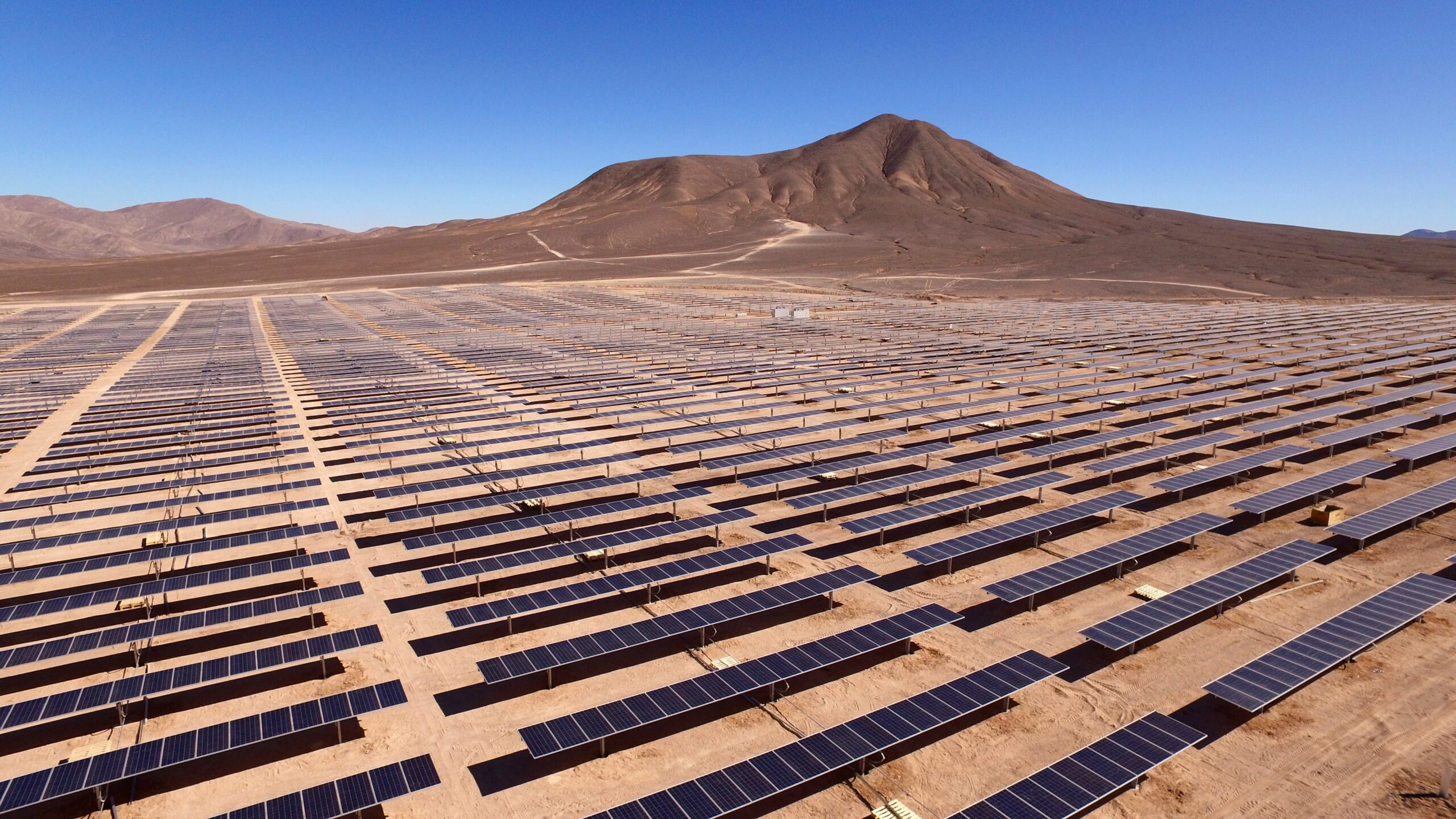This article was originally published in Reason.
One of the Biden administration’s key pledges is to have a “100 percent clean energy economy” and reach net-zero greenhouse gas emissions by 2050. A study released by Princeton researchers last week analyzed several scenarios detailing the herculean efforts required to achieve that goal.
A prominent takeaway is the massive amount of land it would take to reimagine energy production and distribution nationally, including figuring out where to site a multitude of new solar arrays and wind turbines and constructing thousands of miles of transmission lines. “The current power grid took 150 years to build,” one of the study researchers said. “Now, to get to net-zero emissions by 2050, we have to build that amount of transmission again in the next 15 years and then build that much more again in the 15 years after that. It’s a huge amount of change.”
The study underscores the environmental tradeoffs that are not always obvious in campaign promises about green energy. For one thing, achieving President-elect Joe Biden’s vision would mean choosing between being beholden to China for most of the minerals necessary to make technologies like solar panels and rechargeable batteries or mining the raw materials ourselves. For another, huge photovoltaic installations and wind farms have direct impacts that, while different from those made by fossil fuel development, have their own environmental consequences. The public appetite for such infrastructure can change dramatically when the calculus changes from the abstract “renewables for the nation” to the tangible “wind turbines or solar farms in view of my backyard.”
Policymakers should be upfront about these costs of transitioning from oil and gas to modern renewables, both for the country and individual American households.
Solar and wind energy may be renewable, but manufacturing a solar panel or wind turbine requires resources just as finite as those needed to operate a smokestack. “Minerals are the fundamental building blocks for any modern technology, but they don’t just appear out of thin air,” said Sen. Lisa Murkowski (R–Alaska), noting that renewables rely on extracting minerals from the earth. “Batteries don’t work without lithium, graphite, cobalt and nickel; solar panels require silver gallium, indium, tellurium; and wind turbines are not just built from steel, but also aluminum, copper, and rare earth elements.” She has introduced legislation aimed at boosting domestic mining, fearing reliance on a handful of nations (mainly China) for supply of such minerals. The Department of Defense has also recently awarded several grants and contracts aimed at securing mineral supplies at home.
Biden’s climate plan describes how he wants to hold China accountable for its carbon emissions. But China dominates the global supply of minerals critical to making many electronics after years of buying up mining rights and stakes in Africa, South America, and elsewhere. It also owns most of the capacity and prowess to process them. For instance, the U.S. relies on China for 80 percent of rare earths—17 elements used in making electronics from smartphones to electricity grid storage infrastructure. Only one rare earths mine operates in the U.S., and what it extracts is sent to be processed in China, which slapped a 25 percent tariff on those imports during trade disputes with the Trump administration.
Trade is by definition mutually beneficial, but it’s not surprising that politicians from both major parties do not want to be beholden to China for so much of these critical supply chains—especially after four years of Trump’s tariff tussles.
The alternative probably includes ramping up American mining of critical minerals, which would require not only huge investment but also the traditional impacts of mining that any environmentalist worth her salt decries—scarred landscapes and the risk of contaminating water and soil, not to mention potentially harming fish and wildlife. Currently no lithium is mined from hardrock domestically, and there is only one active brining operation, which extracts the mineral from underground saltwater. An Australian company recently proposed to open the first U.S. lithium quarry in Nevada, which would also produce boron used to make wind turbines. But its plans have been stymied by an environmental litigation group’s petition to list a rare plant, Tiehm’s buckwheat, as an endangered species. The Sierra Club and others have voiced similar concerns in battling plans for lithium brining near Death Valley.
Likewise, solar installations and wind farms bring their own environmental impacts. One study by California researchers found that most utility-scale solar installations in the state have been sited in natural environments or undeveloped landscapes. Construction of the sprawling Ivanpah solar plant in the Mojave Desert required clearing habitat for a type of endangered tortoise. The installation’s mirrored panels have also killed thousands of birds, an issue that could be a particularly big problem for migrating avians.
While estimates range widely, the Department of Energy notes that wind turbines may be responsible for up to 500,000 bird fatalities annually. Two energy companies have paid upward of $1 million in fines in recent years for killing dozens of golden eagles and hundreds of other migratory birds at Wyoming wind farms. (One recent study found that painting one of three rotor blades black reduced bird fatalities by 70 percent at a Norwegian wind plant in Smøla, which could at least somewhat reduce the problem.) Likewise, offshore wind development entails environmental reviews thanks to turbines’ potential to harm fish, sea turtles, marine mammals, and other ocean life.
Many of these impacts stem from solar and wind having extensive footprints, which they need due to their low energy densities. Renewables can require roughly 1,000 times the space of fossil fuels. Building out enough wind and solar installations to power the country, not to mention the grid infrastructure to complement them, could conflict with another big Biden proposal: conserving 30 percent of U.S. land and waters by 2030. Moreover, much of that construction would presumably be subject to environmental reviews that delay or derail large-scale energy projects, green or not. The average review time for major projects undertaken by federal agencies now runs at about five years—longer than a presidential term.
Then there’s perhaps the most difficult biological hurdle of all—the NIMBY (“not in my backyard”) impulses of humans. Offshore wind is proving to be about as popular as offshore drilling with coastal residents up and down the Atlantic, as the 16 years and hundreds of millions of dollars flushed down the drain on the Cape Wind project in Nantucket Sound helped to demonstrate. Similar stories have played out, on smaller scales, in local opposition to solar projects from upstate New York to Indiana to Virginia, where residents even launched a nonprofit to lobby against proposed solar installations in one town.
“These modeling studies are very good,” an energy consultant told The New York Times of the recent Princeton analysis, “but they assume everything will go perfectly. They can show us how to get to net zero technologically, but not how to solve all those pesky real-world political and social challenges.” Indeed, the pesky, real-world challenges are often the most intractable ones.
To its credit, the incoming administration appears set to embrace that huge, non-carbon emitting power source—nuclear—that California has shunned even as it suffers blackouts stemming partly from renewables unable to keep up with demand. Meanwhile, fossil fuels are on the downswing, at least as demonstrated by coal. Solar has probably already become the cheapest energy source ever. But in much the same way that banning fracking could counterintuitively slow the overall shift away from hydrocarbons, all energy sources come with environmental tradeoffs and extractive activities. Even when it comes to wind and solar, there is no free energy lunch.




